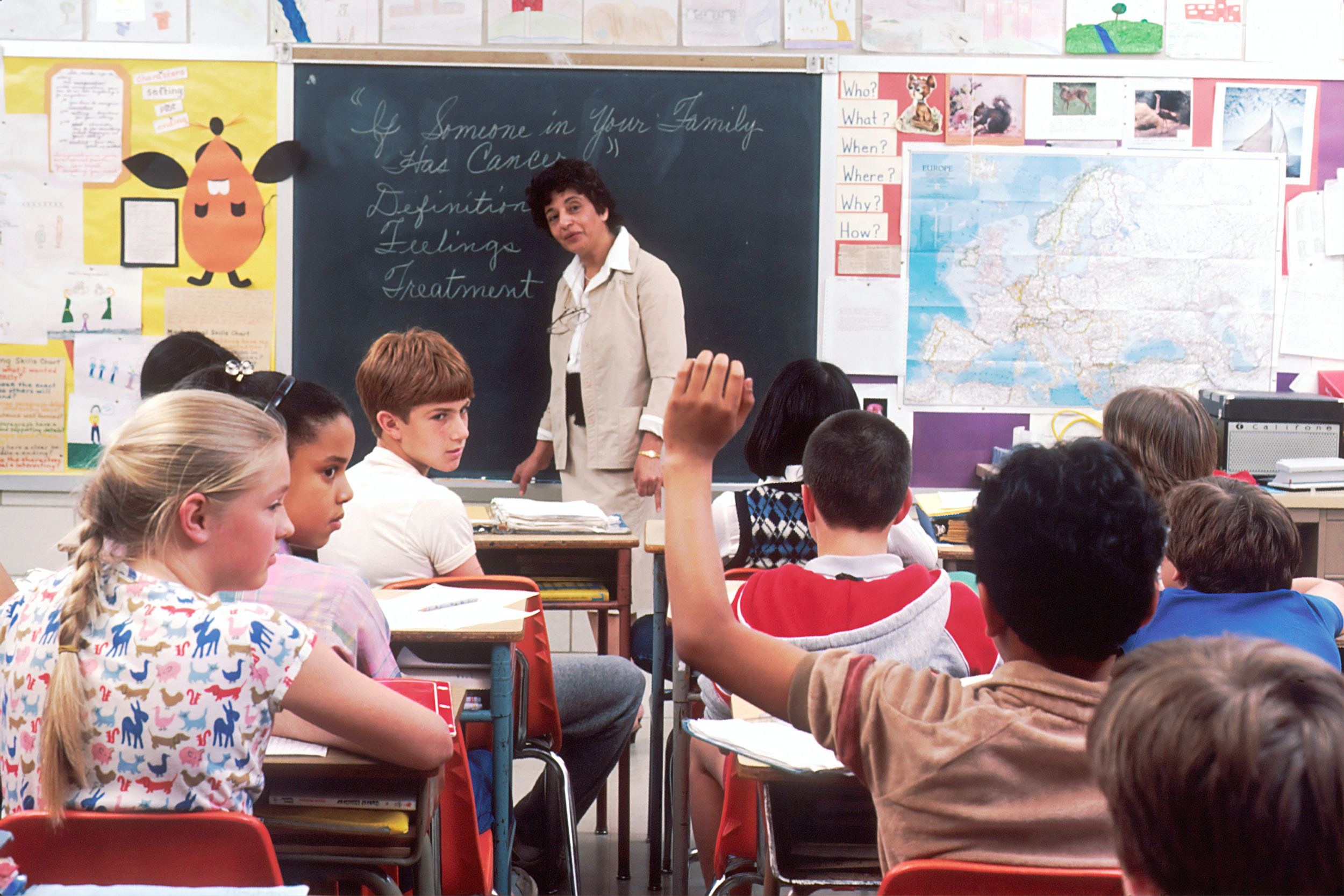Rethinking Classroom Design: Creating Spaces for Interactive Learning
In the world of education, the traditional classroom setup with rows of desks facing the teacher's podium is undergoing a significant transformation. The shift towards interactive learning has prompted educators and designers alike to rethink classroom design, creating spaces that foster engagement, collaboration, and active participation. This evolution recognizes that the physical environment plays a crucial role in shaping the learning experience and can greatly impact student outcomes.
The Importance of Interactive Learning Environments
Interactive learning environments are designed to break down the traditional barriers between teacher and student, allowing for a more dynamic and participatory educational experience. These spaces encourage students to become active participants in their learning process, facilitating peer-to-peer interaction, group discussions, and hands-on activities. The benefits of such an approach are numerous, including improved retention, enhanced critical thinking skills, and a deeper understanding of the subject matter.

Key Elements of Interactive Classroom Design
- Flexible Furniture Arrangement: Fixed rows of desks are being replaced with modular and flexible furniture that can be easily rearranged to accommodate different teaching and learning styles. Collaborative seating arrangements, such as circular clusters or pod-style setups, promote group discussions and teamwork.
- Technology Integration: Interactive whiteboards, projectors, and digital devices are seamlessly integrated into the learning environment, allowing for multimedia presentations, virtual field trips, and interactive exercises. This technology not only enhances engagement but also prepares students for the digital world they will enter after graduation.
- Multifunctional Spaces: Modern classroom design often incorporates multifunctional spaces that can be adapted for various activities. A single room might transition from a lecture-style setup to a group project area or a presentation space, allowing for a more versatile and dynamic learning experience.
- Natural Lighting and Comfort: Adequate natural lighting and comfortable seating contribute to a positive learning environment. Spaces that feel inviting and well-designed can have a positive impact on students' mood and motivation, leading to better engagement and participation.
- Student-Centered Focus: Interactive learning spaces place the student at the center of the experience. Teachers take on the role of facilitators and guides rather than sole disseminators of information. This shift empowers students to take ownership of their learning journey.
The Role of Research and Design
Creating effective interactive learning environments requires a blend of educational research and thoughtful design principles. Research studies have consistently shown that well-designed classrooms can significantly impact student engagement and academic achievement. For instance, a study published in the "Journal of Learning Spaces" found that flexible seating arrangements in classrooms positively influenced student behavior and participation (Source: Journal of Learning Spaces).
Incorporating elements from the field of environmental psychology, classroom designers are striving to create spaces that promote positive emotions and facilitate productive interactions. The concept of "biophilic design," which integrates natural elements into the built environment, has gained traction in educational settings as it enhances student well-being and cognitive function (Source: Terrapin Bright Green).

Conclusion
As education continues to evolve in response to the changing needs of students and the demands of the modern world, classroom design emerges as a critical factor in shaping effective learning experiences. The shift towards interactive learning environments recognizes that students learn best when they are actively engaged, collaborating with peers, and interacting with the subject matter in a meaningful way. By rethinking classroom design and creating spaces that foster interaction, collaboration, and innovation, educators can better prepare their students for success in an increasingly interconnected and dynamic world.
Sources: